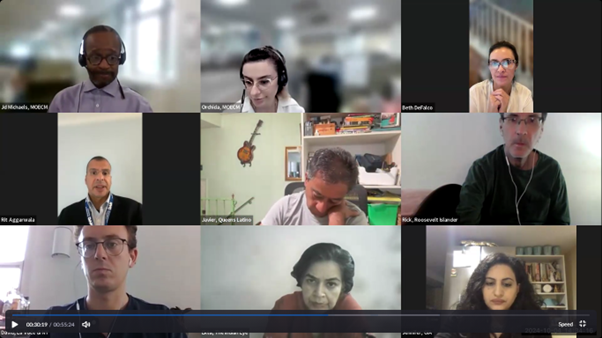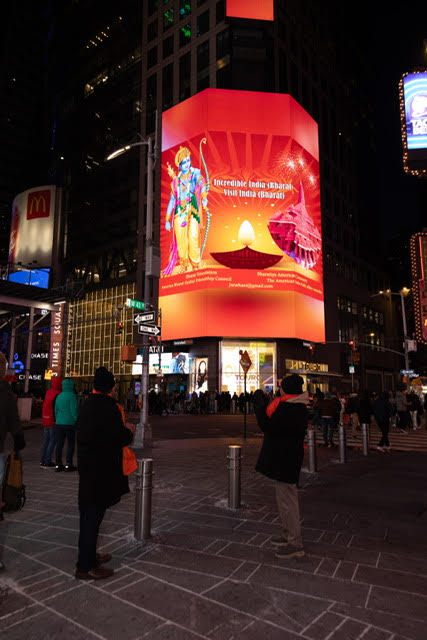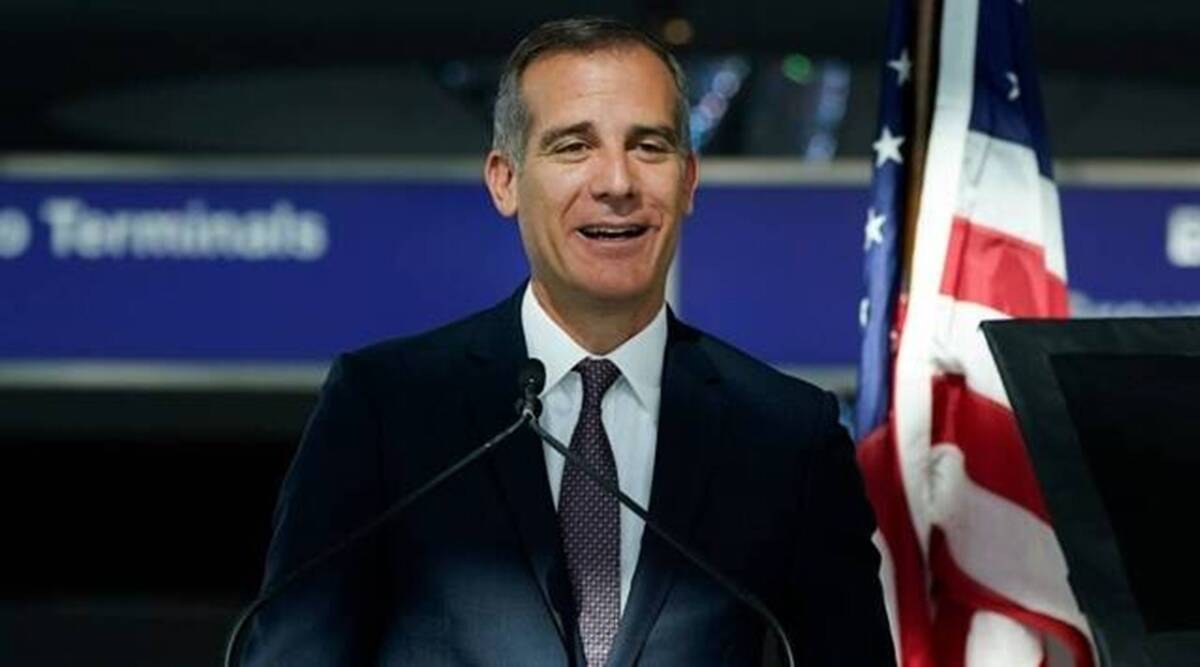Our Bureau
New York, NY
New York City Department of Environmental Protection (DEP) Commissioner Rohit Aggarwala and the Mayor’s Office of Ethnic and Community Media hosted a virtual media roundtable on hurricane and flood prevention. The city experienced some of the severest storms in the last few years. There was Henri in August 2021, which brought 1.94 inches in an hour; and Ida in September 2021 bringing 3.15 inches in an hour. Due to climate change, NYC is experiencing more frequent heavy downpours that the sewers were not designed to handle.
NOAA (National Oceanic and Atmospheric Administration) has reclassified NYC as a “humid subtropical” climate. Sudden, powerful storms are bringing more intense rainfall to New York City. The effects of these storms can be made worse in coastal areas by sea level rise and tidal cycles. Flooding could be 3 types – Stormwater, coastal flooding, and Groundwater. Sewers work in every rainstorm and protect fully against 98% of rain events.
In the roundtable, it was told that the sewer network is generally built to handle 1.5 to 1.75 inches of rain per hour. During rainstorms, the system can get overwhelmed when the amount of water produced by the storm is greater than the capacity of the pipes.
60% of New York City has combined sewers that carry wastewater from the homes and stormwater from rains. During rainstorms, the sewer system can get overwhelmed when the amount of water produced by the storm is greater than the capacity of the pipes. This can result in back-ups from manholes, catch basins, and basement sewer connections or overflows into local waterways.
Hurricanes are powerful storms that draw their energy from warm tropical waters in the Atlantic Ocean. Hurricanes bring high winds that can create a “storm surge” – when the winds push sea level higher and over the coastline, causing flooding.
Hurricane Season is from June through November but typically begins in August in NYC. The 2024 Hurricane Season is expected to bring a high number of powerful storms to the Atlantic coastline because of higher ocean temperatures caused by climate change.
DEP is using a multi-layered approach that strategically uses grey infrastructure, green infrastructure, and other flooding solutions. It includes Grey Infrastructure, Green Infrastructure, Blue Infrastructure, Regulation, and Real-time Monitoring.
Bluebelts divert rainfall away from sewers, provide retention, and create rich ecological areas. The program preserves natural drainage corridors like streams, ponds, and wetlands and enhances them to convey, store, and filter stormwater. DEP manages 545 acres of bluebelts and natural areas in the Bronx, Staten Island, and Queens. DEP is working to bring bluebelts to all five boroughs.
Green infrastructure (GI) absorbs water into the ground in areas with good soil. It also greens neighborhoods, reducing the urban heat island effect. Porous pavement is a special roadway paving designed to absorb and drain rainwater. areas. Over three miles of porous pavement have been installed as of 2023. 10 more miles in the Bronx and another 35 miles in Brooklyn are being added.
Cloudburst infrastructure captures and holds rainwater from heavy downpours that drop a lot of rain in a short amount of time. Sensors detect and monitor street flooding in real time and relay life-saving information to City agencies. NYC’s first flood-monitoring network is set to expand — DEP is spending $7.2 million to install 500 across all five boroughs.
In 2022, DEP increased the amount of stormwater, new and redeveloped properties must manage on-site. The rule prioritizes the use of green infrastructure, which has the added benefits of reducing the heat island effect and supporting wildlife habitat.
So far in 2024, DEP has given away nearly 5,500 free rain barrels to New Yorkers in partnership with local elected officials. DEP spends roughly $18M a year to degrease sewers, deal with damage from back-ups, and repair equipment trashed by wet wipes.
The National Flood Insurance Program (NFIP) is a federal program run by the Federal Emergency Management Agency (FEMA). Flood insurance through the NFIP is available for homeowners, renters, and businesses. Flood insurance may be required for some homes and businesses in the floodplain, but all New Yorkers are eligible for NFIP.


























